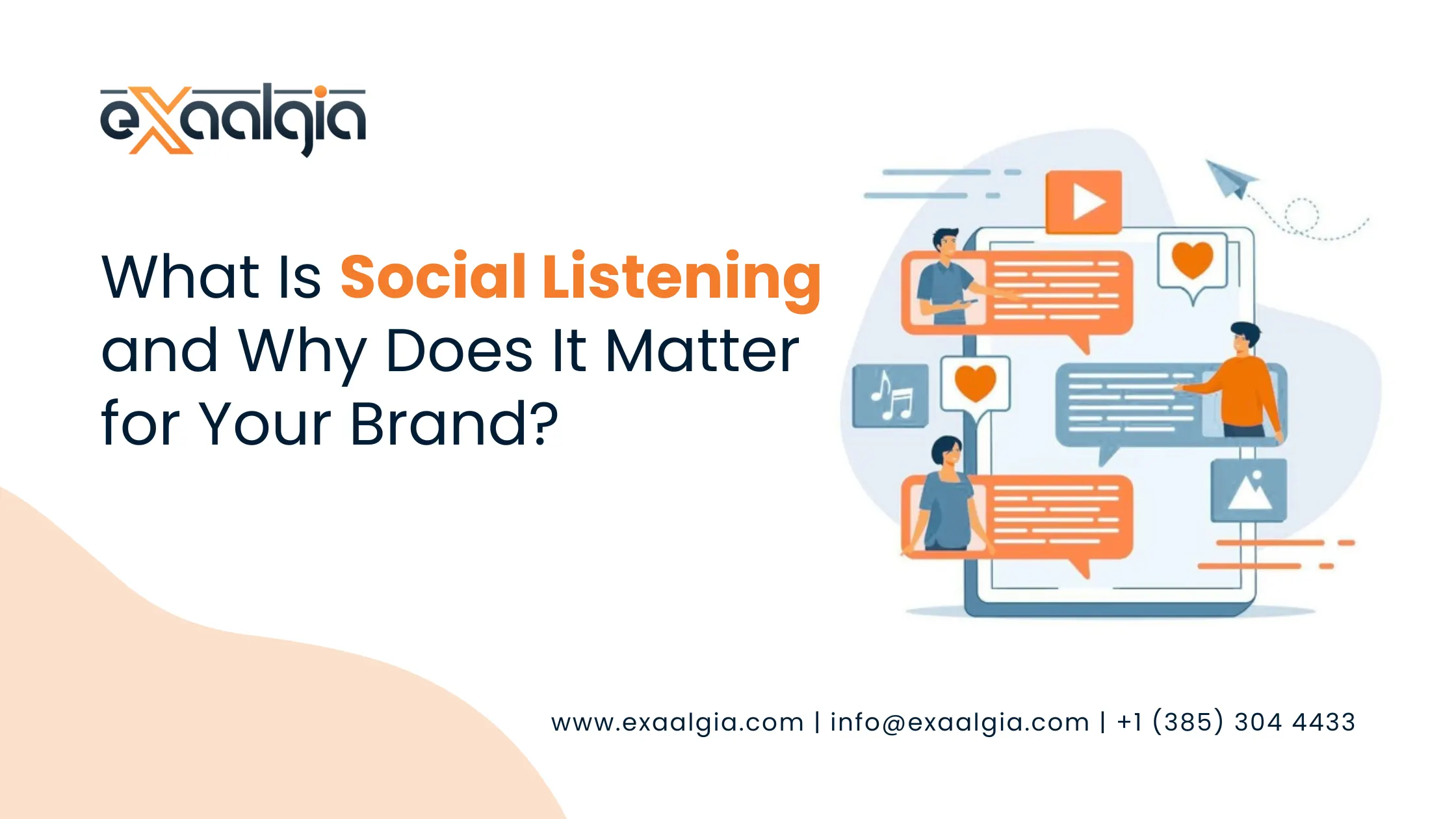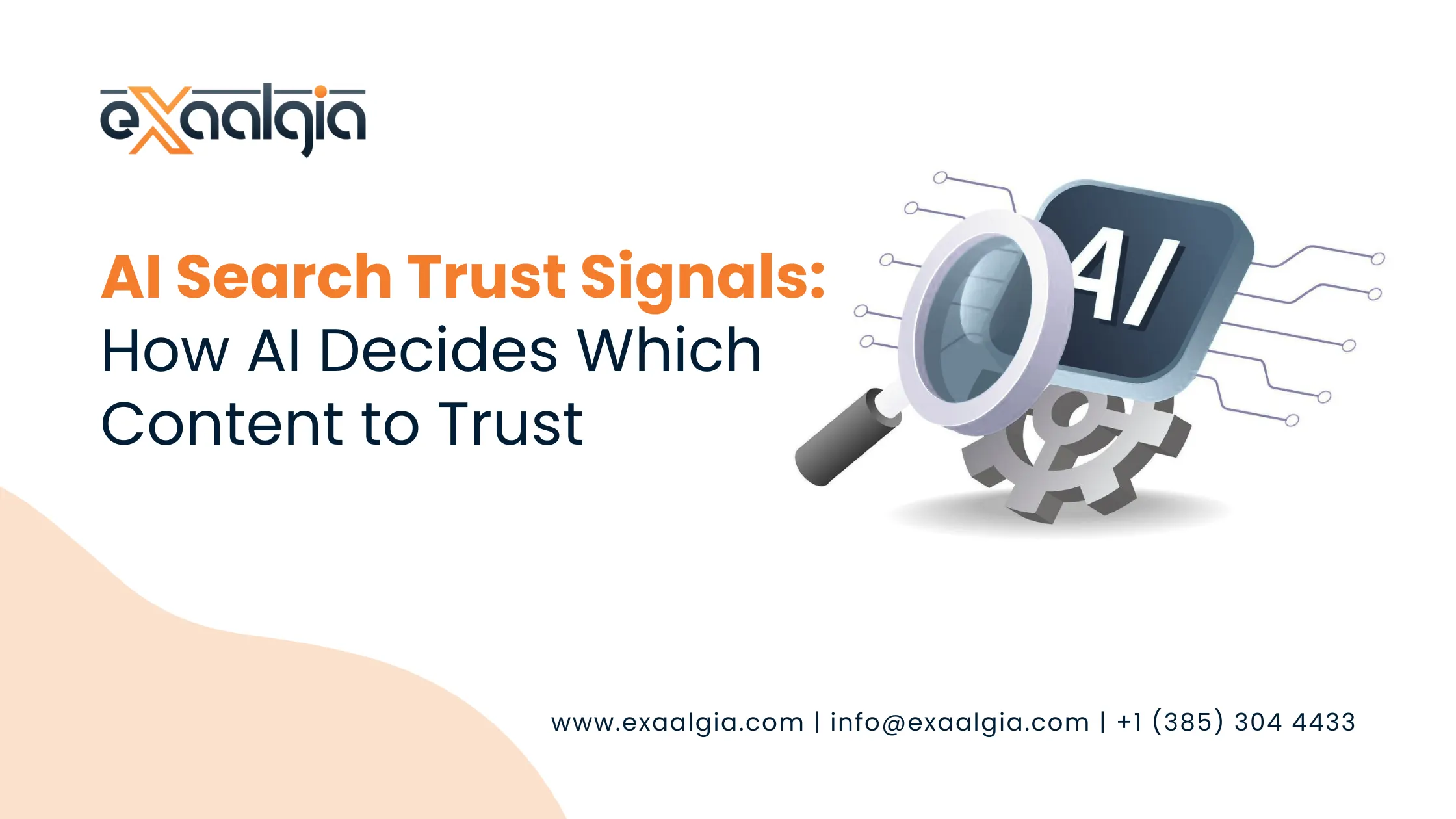With traditional SEO, improving rankings on Google was the priority, but search everywhere optimization is about ensuring brand visibility in every possible search while customers are seeking.
This approach uses an omnichannel strategy to optimize where a brand is visible wherever the audience is searched for a specific brand.
What is Search Everywhere Optimization?
Search everywhere optimization is the process of optimizing a brand’s digital presence shown across any platform where users may search. This is where the process of search everywhere optimization is different than traditional SEO, which is focused on either Google or Bing. Search everywhere optimization takes apparatus includes social media, video sources, voice assistants, e-commerce marketplaces, local directories, and app stores.
For example, consumers may discover a product on TikTok, check reviews on YouTube, look for recommendations from Siri, and make a purchase on Amazon. A brand that only optimize to Google runs the risk of missing multiple opportunities for engagement along the customer journey. Search everywhere optimization keeps that brand visible throughout.
Why Search Everywhere Optimization is Important
Consumer Search Behavior is Fragmented
Search journeys today are non-linear. A search might start on Google, move to TikTok for recommendations, continue to YouTube for reviews, and then end at Reddit before the ultimate purchasing decision. If a brand is not in that journey, they risk losing critical moments in the decision process.
Voice Search and AI Assistants are Increasingly Popular
Voice search represents more than half of search queries today. As Siri, Alexa, and Google Assistants become a part of everyday lives, brands will need to optimize for conversational questions and implement structured data.
Social Media is a Search Engine
TikTok has now surpassed Google as a preferred search portal for younger users. Pinterest is the dominant leader in visual search. LinkedIn is essential for all professional services. Not optimizing for these social media platforms is to risk missing entire segments of your audience.
E-Commerce Search Generate Conversions
In the US, more than sixty percent of product searches start on Amazon. Therefore, it is essential to optimize for e-commerce channels to reach buyers who have the intent to purchase.
Early Adoption Creates a Competitive Edge
Search everywhere optimization is still a relatively new practice. Brands that adopt it can quickly build trust and authority across many different platforms and get ahead of their competition, most of whom will remain focused on traditional SEO.
Memorable Takeaways from Search Everywhere Optimization
Conventionally SEO as the Basic Foundation
Your website is still your digital hub. Good on-page SEO, relevant keywords through research, technical enhancement, and backlinks are important baseline keys for all subsequent optimization work.
Social Search Optimization
Each social platform operates on its search algorithm. The contents of each platform are a little unique and by creating optimized content with the right keywords, effective captions, and a tailored profile on each platform, brands can increase their discoverability on each.
Voice Search Optimization
All content must be modified to fit natural language queries. Use FAQ styles, sharpened data (structured data), and local SEO to boom in Siri, Alexa, and Google Assistant.
eCommerce Marketplace Optimization
When using Amazon, Etsy, or eBay, optimize product titles, product descriptions, images, and reviews. Optimized, heavily reviewed product pages attract more visibility and sales.
Local Search Optimization
You must consistently keep the Google business profile updated. Have an accurate NAP (Name, Address, Phone) in directories. Accurate listings and good reviews help with local ranking.
App Store Optimization (ASO)
Brands that have apps must take the time to optimize the app title, description, imagery, and focused on good ratings and reviews to rank higher in app store search results.
Search Everywhere Optimization Best Practices
Firstly, you want to conduct extensive keyword research that is not limited to Google. Leverage TikTok Trends, the autocomplete function on Amazon, and YouTube to gain insights into which queries bring traffic to each platform.
Secondly, you want to create content in several different formats, for several different platforms, a blog post could be a YouTube video, TikTok reel, and a LinkedIn carousel.
Third, be sure to include structured data and schema markup so that both AI assistants and search engines can easily recognize and understand your content.
Fourth, measure analytics across different platforms, stop to reflect on which channel(s) are delivering the highest return on investment, and pivot based on the data.
Last but not least, make sure that you use consistent branding and messaging on all platforms to create trust and brand awareness.
Artificial Intelligence and Search Everywhere Optimization
AI has quite literally changed the way that users find and access content. Tools like ChatGPT, Perplexity, or Google’s Search Generative Experience can now provide answers in new ways, and in an increasingly conversational form.
To adapt to this new world, brands need to create formats, content that is short, authoritative, and structured in a way to summarize seamlessly by these new AI assistants. Brands also need to make sure that they optimize for “zero-click” searches, emphasize expertise and trustworthiness, and build content that can be included regularly in AI responses.
Differences in Search Everywhere Optimization Vs Traditional SEO
There are fundamental differences that separate search everywhere optimization from traditional SEO. Traditional SEO really is largely an exercise in managing for Google while search everywhere optimization takes into account search on social media, e-commerce, voice assistants like Alexa, and app stores.
There are also differences in content model, traditional SEO basically relies on written content (primarily blogs and landing pages) as collateral while search everywhere optimization relies on a mix of formats like videos, reviews, podcasts, and product listings.
There also differences in goals, traditional SEO is about claiming high SERP rankings while search everywhere optimization is about making sure you can be discovered wherever your audience happens to be searching.
Tools for Search Everywhere Optimization
There are many tools that can support this at scale. Semrush and Ahrefs can provide insights into keywords and competitors across many platforms. TikTok Creative Center allows you to see what is trending in social. AnswerThePublic can help you to see voice search and conversational topics.
Helium 10 and Jungle Scout are focused on Amazon optimization. Google business profile Insights permit management and measuring of local search performance. App Annie and SensorTower provide app-based analytics.
The Future of Search Everywhere Optimization
In the future, search will not be limited to Google. AI-driven search engines, such as ChatGPT and Perplexity, are starting to go mainstream. Visual search is becoming a more prominent option with tools like Google Lens and Pinterest Lens, and personalization is growing and evolving every day. Consistency on digital platforms will soon be a prominent ranking factor, and our partnerships as digital marketers will have to optimize for all platforms, not just Google, because its best practice, it’s imperative!
Your Roadmap to Success in the Search Everywhere Era
The era of optimizing solely for Google is dead! Search everywhere optimization is giving rise to an era of broad visibility and brands must adopt an omnichannel approach to ensure discoverability via all search and content platforms. This discovery and visibility will come from being everywhere at once – not haphazardly, but strategically selecting and optimizing. With this approach, we will have more visibility and conversions across all the platforms that matter.
With sound SEO and conversion practice, brands can grow their visibility and conversions across all the platforms that matter.
Our team at Exaalgia also has SEO Services USA numerous of expert team members that help organizations implement advanced search everywhere optimization strategies to have as big a reach and conversion on key channels for brands respectively.
Search Everywhere Optimization FAQ
Q1. How is search everywhere optimization different from traditional SEO?
Traditional SEO is Google-centric, whereas search everywhere optimization enables visibility across social, e-commerce, and voice platforms.
Q2. Is search everywhere optimization good for small businesses?
Absolutely! It will allow small businesses to get much more visibility in local search, social networks, and on online marketplaces.
Q3. How does voice search affect search everywhere optimization?
Voice queries tend to be conversational and are often local. Optimizing for natural language and adding structured data helps to be able to capture these queries.
Q4. What tools are useful for optimizing across various platforms?
Some of the best tools for multi-platform optimization are Semrush, Ahrefs, Helium 10, TikTok Creative Center, and Google Business Profile Insights.
Q5. What is the first step to implementing search everywhere optimization?
You start with a multi-platform audit to understand where your current visibility exists, highlight gaps in visibility, and speak about which platforms your audiences derive the most value from.







